
Tel:
+86 13143444311
Email:sst@szsst88.com
Fax:+0086-755-27322278
Address:Building 9, First Industrial Zone, Tantou Industrial City, Songgang Street, Baoan District, Shenzhen 518105, Guangdong, China
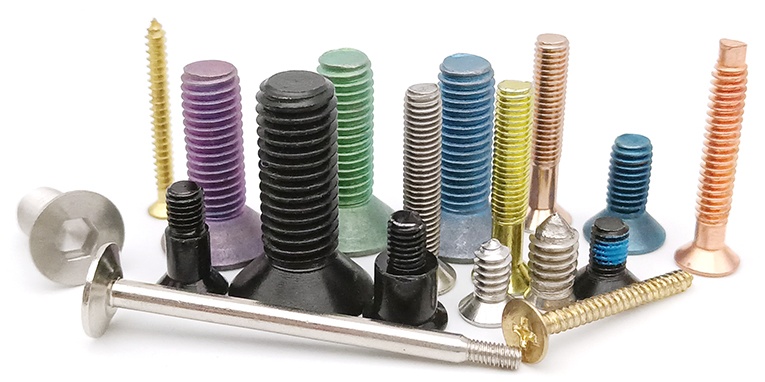
Fact is, selecting the perfect screw for a project can be sort of a challenge. One wrong fastener and your project could be down or not work as anticipated. Flat head slotted copper machine screws are a terrific choice, especially for those projects where conductivity and corrosion resistance are important.
These screws are known for their excellent electrical conductivity and durability in corrosive environments, such as electronics and construction. Their flush, flat-head design ensures a smooth finish after installation, making them suitable for projects that require both durability and a nice clean appearance.
Are you wondering why flat head slotted copper machine screws are so popular with all kinds of engineers and folks who design things? Let’s talk about why people love them and why they might be the magic act that makes your project wonderfully spectacular.
What Are Flat Head Slotted Copper Machine Screws Used For?
Flat head slotted copper machine screws are nuts on applications where you need electrical conductivity and corrosion resistance. They’re made out of copper, meaning they’re going to have a great electrical connection. The flat head makes for a nice appearance when you need it to be flat.
This means flat head slotted copper machine screws are great. Think about all of the different uses in electronics, precision equipment, and construction. For all those places where you have to have it look good and last a long time, this is where they shine. Also, if you have exposed fasteners that you need to look smooth and clean, this is the way to go.
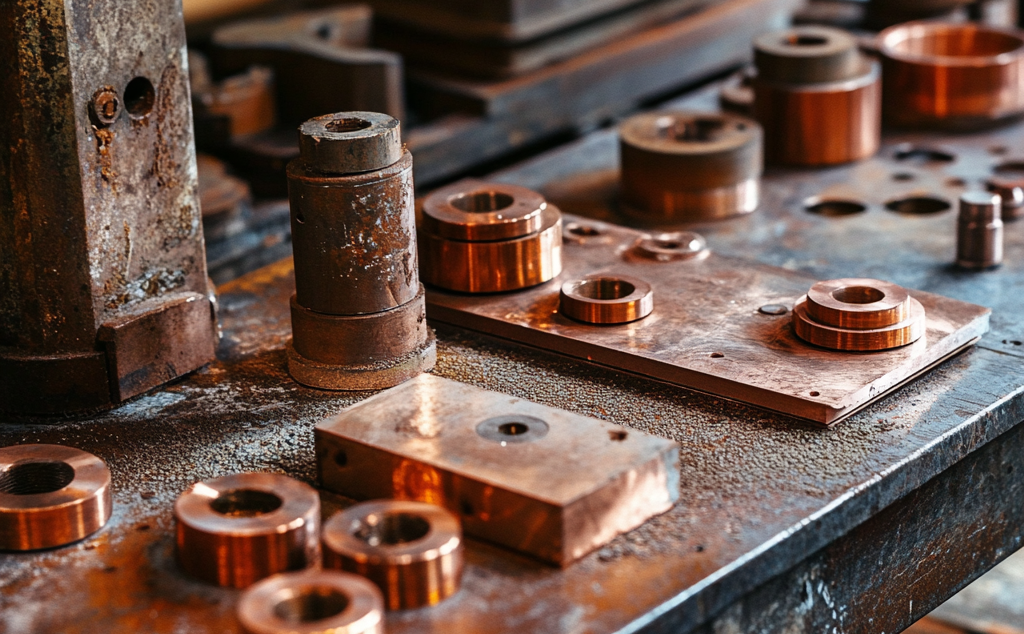
What Makes Copper the Best Material Choice for Machine Screws?
Copper has several great things going for it as a material for machine screws. Copper is an awesome conductor of electricity. So, if you want to hook something up with some electricity, copper will transmit your power all over the place. On top of that, copper doesn’t corrode or rust (except maybe in some very rare situations) and will last a good long time, particularly in a wet or nasty chemical environment where you can’t expect other things to survive.
One of the great things about copper screws is they stay together even when it’s tough going. This means copper screws are great for outdoor and industrial use. Whether it’s the chemical composition of copper or the angels in the screw, it performs when the chips are down. Copper is a fantastic metal because, as we’ll see, it likes to stay together.
Why Is the Slotted Design Important for Flat Head Machine Screws?
The slotted design is important. A regular old hog’s leg screwdriver can install and remove this flat head slotted screw. Everyone has that kind of screwdriver, so that’s a big part of why this type of slotted screw is so popular. That’s why you see people panicking when a gadget shows up with a little star screw or some other kooky fastener. Since everyone can use a flat-head screwdriver, flat head slotted copper machine screws are great for all kinds of uses.
Slotted screws are also versatile and can be installed using basic tools, making them convenient for both professional and DIY use. The straightforward design ensures a good balance between ease of use and functionality in numerous industries.
How Does the Flat Head Design Benefit Your Project?
Flat head screws are designed to sit flush with the surface of the material, providing a sleek and smooth finish. This eliminates the risk of protruding screw heads, which could cause damage or create an uneven surface. A flush design is especially beneficial in projects where aesthetics and safety are key concerns, such as furniture making, electronics, or any application where a smooth, finished appearance is desired. Flat head screws reduce the risk of snagging or scratching, which can be critical for sensitive equipment or decorative projects.
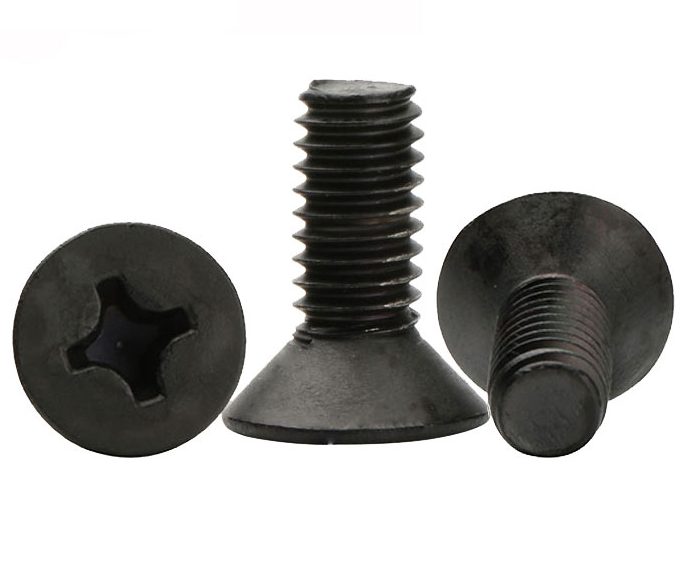
What Is the Difference Between Flat Head Machine Screw 82° and 100°?
Flat head machine screws come in different angles, most commonly 82 and 100 degrees. The difference lies in the countersink angle. An 82-degree screw has a steeper angle, allowing it to sink deeper into thinner materials, which ensures a tight, flush fit. In contrast, a 100-degree screw distributes pressure more evenly over a larger surface area, making it ideal for thicker materials. Choosing between these two depends on your project’s material thickness and how much pressure the screw will need to handle.
What Is the Difference Between a Round Head Screw and a Flat Head Screw?
Round head screws have a raised, domed shape, making them better suited for applications where the screw head will remain visible. They are often used when extra torque is required, as the raised head provides a larger surface for tools to grip. Flat head screws, on the other hand, are designed to sit flush with the material, creating a seamless surface. Flat head screws are ideal for projects where the screw head needs to be hidden or where a smooth, uninterrupted surface is required.
What Is the Difference Between Flat Head and Oval Head Screws?
Another popular type of slotted screw is the oval head. This type of screw partially countersinks (goes halfway into) the material and then angles up above the surface giving a beautiful profile. Oval head screws look fantastic so people use them on their projects for aesthetic reasons. Think about all the door hardware you see in houses with screws holding them in place. Flat head slotted copper machine screws aren’t the right screws for the job.
Those screws are all oval head slotted or something like that because they look good. Whatever your project, you can get oval head screws for it.
Generally speaking, most people use them when they don’t want a plywood or other flat head screw showing and ruining the beauty of their work. A flat head screw goes directly into the material and becomes flush with the surface. Oval head screws start to go into the material and then curve up above the surface, giving a very pleasing profile to the screw. Oval head screws partially countersink and then adorably pop their cute little heads up to say hello.
You see oval head slotted screws in all kinds of applications where people want the functionality of the screw but would prefer people not to marvel at their fasteners.
What Are the 6 Different Types of Heads for Machine Screws?
Machine screws come in various head types, each suited to different needs. The six most common types include flat head, round head, pan head, hex head, oval head, and fillister head. Flat heads are ideal for flush finishes, round heads provide greater torque capacity and visibility, and pan heads offer a slightly raised surface with a wider bearing area. Hex heads are designed for use with wrenches for added torque, oval heads provide a decorative finish, and fillister heads offer extra depth for precise torque control.
Why Are Flat Head Screws Still Made?
With all the different types of screws out there, everyone still makes flat head slotted screws by the gazillions. Why?
Because they’re simple and they work. They may not be perfect for every job, but good old flat head screws will do most of the things most of the time. These guys are neat and bury themselves in your project by disappearing and leaving the front of your project nice and flat. That’s what everybody wants. A flat head be it a screw, bolt, nail, or whatever enhances the look of whatever you’re doing. Whether you’re building furniture, working on an electronic gadget or launching your rocket to the moon, why would you ever use any other screw (other than a flat head)? You wouldn’t. They are time-tested, reliable, and work real good. We love us some flat head slotted screws.
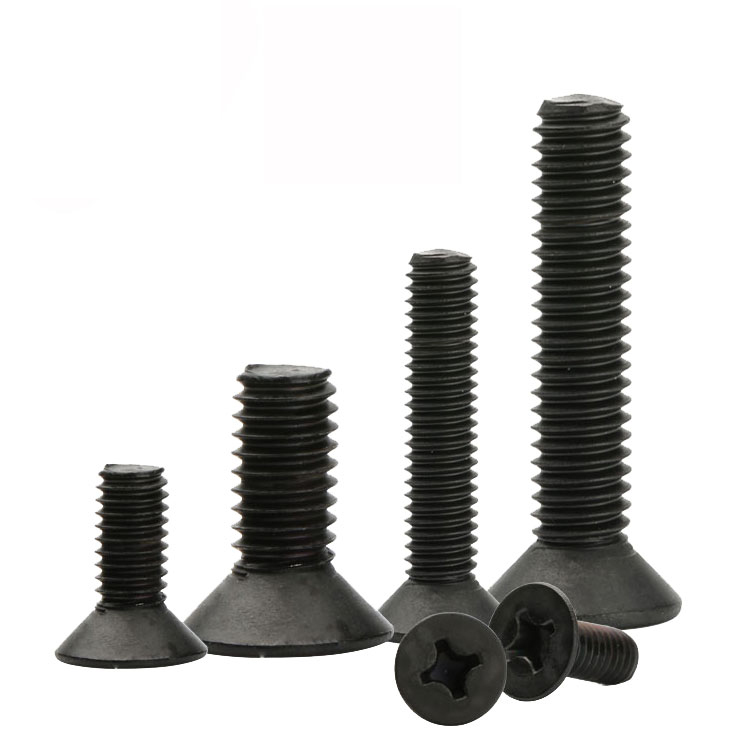
When to Use Flat Head Screws?
We all recognize that flat head screws work great when you need your screw to sit flush with or go below the surface of the material. This is perfect in electrical stuff, woodworking things, or any metal, wood, or plastic you come across. What do you want your project to look like at the end? You want it to look smooth and great. You don’t want screws poking out all over the place causing damage or making things rough or uncomfortable.
Flat head slotted screws are at the top of the list when you need to countersink them to keep them from interfering with or rubbing on other stuff. Never forget to thank the gods of slotted screws for flat head slotted screws.
What Are the Disadvantages of Flat Head Screws?
Flat head screws have some disadvantages as well. When you use them you have to set them down in a hole so the top of the slotted screw is below the material’s surface. If you don’t do this right, the top of the screw won’t be even and flush with the material. Another potential drawback of a flat head screw is it can damage the material you’re screwing into, especially if you over-tighten the screw.
If you’re screwing into brittle materials like plastic or wood, extra care needs to be taken to avoid over-tightening the screw and either cracking the material or bowing it out of shape. Lastly, flat head screws aren’t the best choice when you need a lot of torque to drive the screw in place or loosen it up.
When compared to other types of head styles, flat head screws don’t give the wrench, screwdriver, or whatever else you’re using to turn the screw as much material to grab onto. This can make it a little difficult to put extra oomph into the screw when you need it.
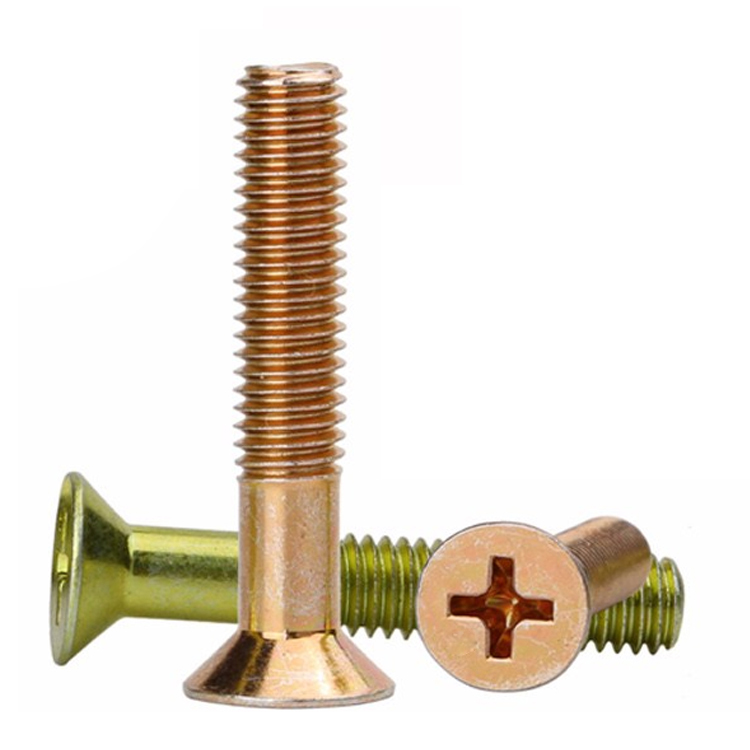
Conclusion
Flat head slotted copper machine screws offer excellent conductivity, corrosion resistance, and a smooth, flush finish, making them suitable for a wide range of applications. Whether you’re working on electronics, furniture, or industrial projects, these screws provide both functionality and aesthetic appeal. By understanding the different angles, head types, and specific uses for flat head screws, you can ensure your project achieves the desired results.
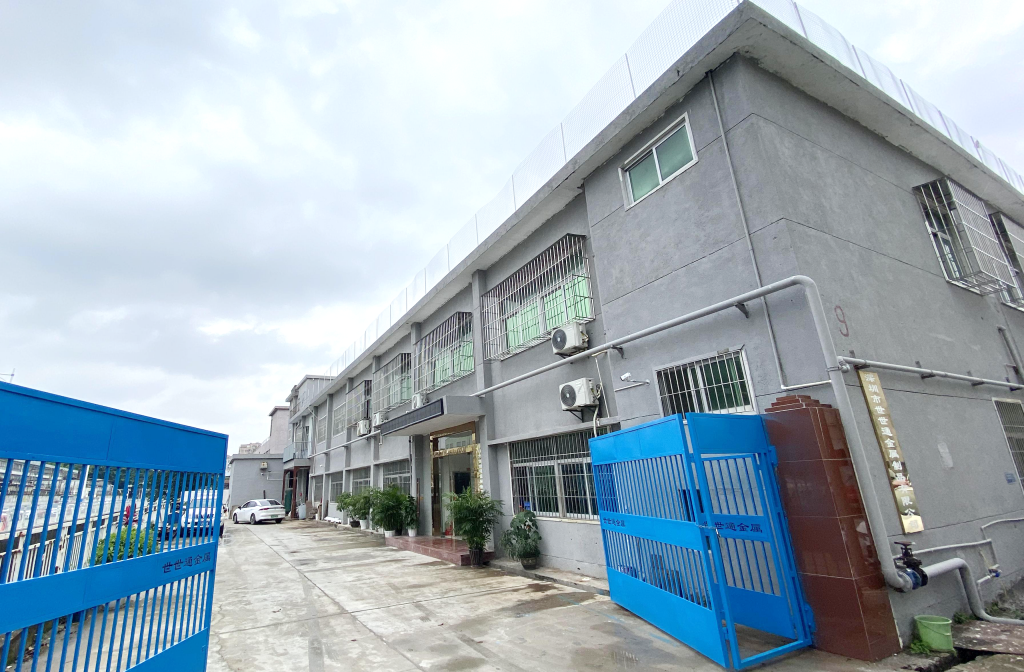 |
Skype: kalyn qin M: +86 18818786322 Tel: +86 0755-27322278 Add: Building 9, Tantou First Industrial Zone, Songgang Street, Baoan, Shenzhen 518105, Guangdong Province, China |
11 月-02-2024
kalyn

 +86 13143444311
+86 13143444311 sst@szsst88.com
sst@szsst88.com